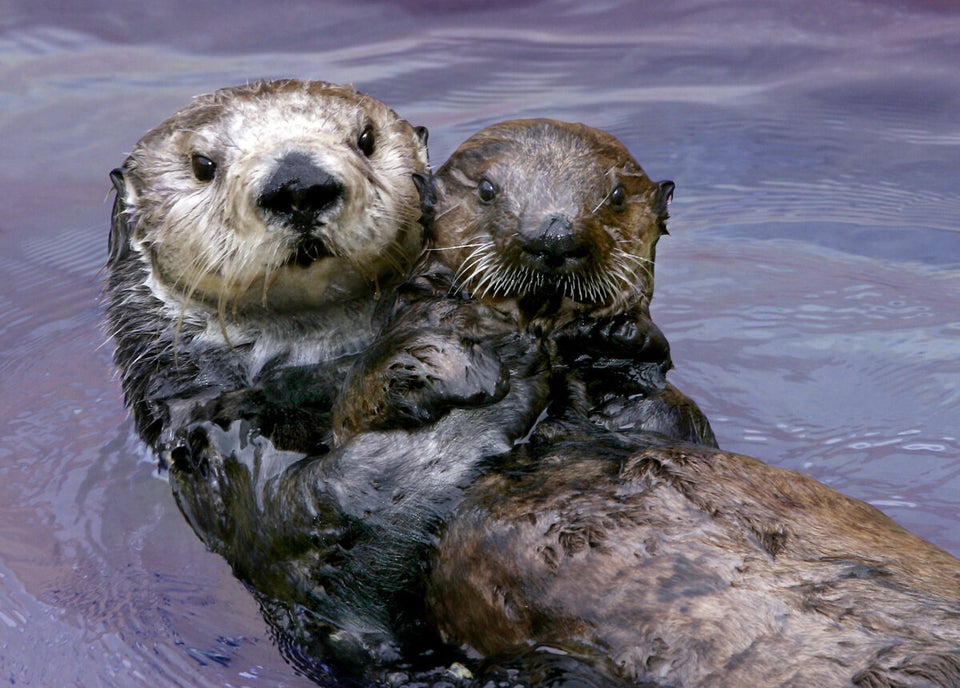Every ocean now bears witness to our waste.
In a report, published in the academic journal PLOS ONE, scientists conclude for the first time that we have left our mark everywhere.
"Litter is present in all marine habitats," the study concludes. "From beaches to the most remote points in the oceans."
The research team, led by Christopher Pham of the University of the Azores in Portugal, analyzed nearly 600 video clips gathered from unmanned submarines to paint a dim picture of ocean floors.
'We didn't focus on specific footage, it came from lots of different studies but we viewed it all," Pham notes in Planet Earth Online. "And the biggest surprise was that we found litter everywhere – everywhere we had footage from had been polluted."
The most commonly spied debris?
Plastic shopping bags.
'We found batteries, part of a plane, pieces of oil drum, shoes, chairs, plastic bottles, clothes, but mostly plastic," he adds.
The trouble with plastic bags, of course, is that their usefulness is so fleeting in human lives — we use them to lug things from one location to the next, and often just once — but their legacy in the world lingers.

Plastic doesn't degrade in oceans and lakes, but rather breaks down into smaller bits, dubbed "microplastics."
"Those are the pieces that can be ingested most easily by marine organisms," Philippe Van Cappellen, an ecohydrologist at the University of Waterloo, tells the Huffington Post. "There have been cases where fish do show lesions inside their guts due to plastic debris ingestion. Very, very small particles have also shown up in muscle tissue — which is a part of the fish that we eat."
What goes around...
Scientists suggest the sheer volume of plastic could push us to an environmental tipping point soon.
Van Cappellen has seen a similar drama play out on the Great Lakes.
"Plastic debris is very widespread. you essentially find it everywhere you look," he says.
Last year, he led a scientific team on a plastic-scavenging mission to the lakes. They collected and analyzed samples from various beaches — and found a telltale correlation between people and plastic.
"The highest concentrations," he explains, "are found in Lake Erie. The lowest concentrations are found in Lake Superior. That reflects the population density around the lakes. Obviously, there are fewer people around Lake Superior, so fewer plastics. And larger amounts in Lake Erie, where of course, there's a higher population density."
The trouble, of course, is the plastic isn't going anywhere.
The key, Van Cappellen says, is "educating the public about the fact that if you drop a bottle of soda on the beach, it will most likely still be there when your kids come to the beach or your grandchildren come to the beach."
Or worse. It might be on its way to one of the world's great oceanic dumps. Check out this grim infographic to track that miserable odyssey:

Infographic by Alissa Scheller for The Huffington Post.
Also on HuffPost
